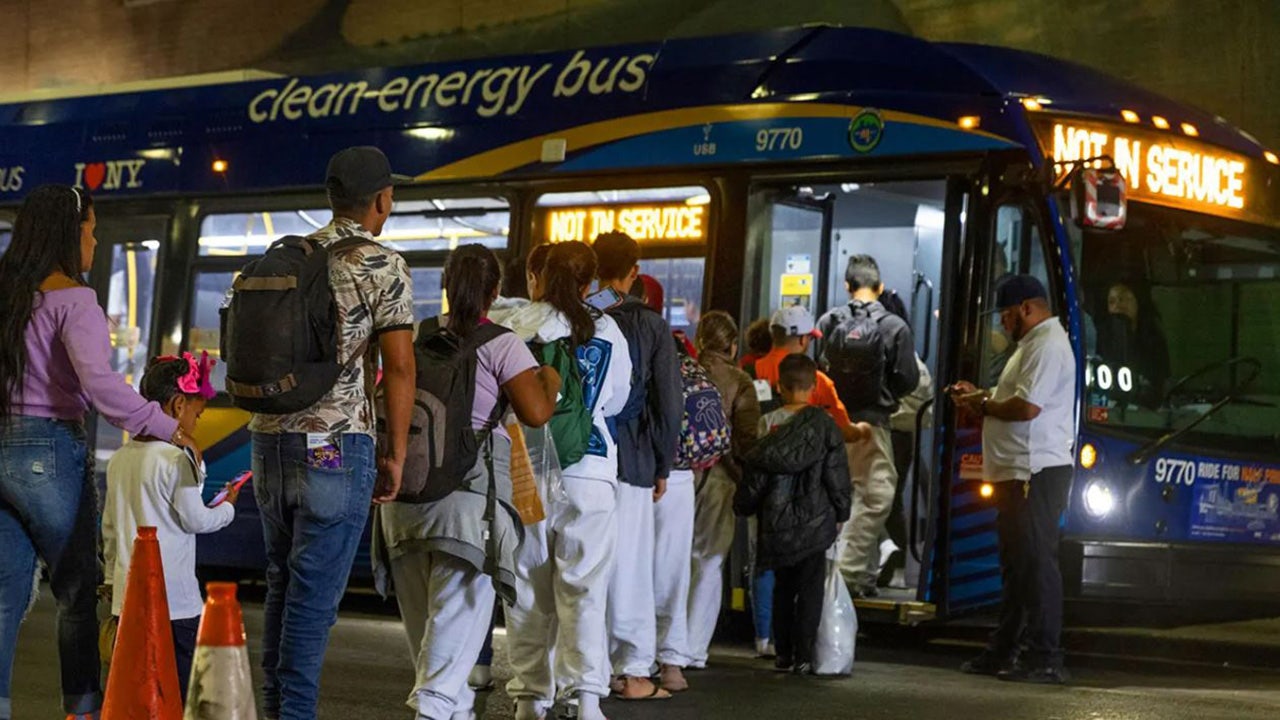Minnesota legislative session accomplishments
Several key priorities, including state project investments, tax rebates, paid leave, and abortion rights are big were tackled by Minnesota lawmakers this legislative session.
(FOX 9) – During the first legislative session with Democrats holding a trifecta of power for the first time in a decade – controlling the House of Representatives, Senate and Governor position – several new laws were passed that are due to take effect July 1.
Many laws have already been put into law since the session ended, such as the Protect Reproductive Options Act, a $240 million appropriation to remove lead pipes from drinking lines, a ban on conversion therapy for minors and vulnerable adults, and more, but the below list compiles a dozen key legislative efforts that will begin this weekend.
No-knock warrants
A new law restricts when a judge can issue a no-knock search warrant to police departments in Minnesota. It allows no-knock warrants only when the search cannot be executed while the premises is unoccupied and “the occupant or occupants of the dwelling will present an immediate threat of death or injury to the officers executing the warrant.”
Previously, judges could approve no-knock warrants under certain conditions, such as when the police can demonstrate they are unable to detain a suspect or collect evidence through a knock-and-announce warrant.
The issue gained considerable attention after the Minneapolis Police Department shooting of Amir Locke in 2022.
First responder PTSD claims
Before a police officer or firefighter with a psychological condition, such as Post-Traumatic Stress Disorder (PTSD), can apply for disability benefits from the Minnesota State Retirement System or the Public Employees Retirement Association, this new law will require up to 32 weeks of mental health treatment. Public safety agencies will still be required to continue paying the employee’s full salary and employer-provided benefits during the treatment period.
Following the murder of George Floyd and the subsequent unrest, at least 155 officers have received worker’s compensation settlements totaling nearly $26 million, FOX 9 Investigators found.
Increased education funding
Within the K-12 education finance package is increased funding for schools in the upcoming two years, also known as a biennium.
The basic funding formula, or the main funding source through which local school districts operate, will increase 4% in fiscal year 2024, and 2% in 2025. The increases equate to $7,138 and $7,281 per enrolled student.
Starting in 2026, the formula will also be tied to inflation, allowing for additional increases between 2% and 3%.
However, the state’s largest public school system – Minneapolis Public Schools – still faces a $49.5 million budget deficit this upcoming school year.
Free school meals for students
Often a burden on parent or guardian budgets, beginning in the 2023-24 school year and beyond students will be guaranteed free breakfast and lunch from their district. Previously reduced or free meals through school districts were tied to family incomes.
Nearly $450 million in state aid is spent to cover them in the upcoming biennium, in addition to funds provided through the Community Eligibility Provision of the federal government.
Election spending
A total of $24.6 million in fiscal years 2023-25, an increase of $10 million more than the past biennium, will be spent to assist local governments with election infrastructure, staffing and accessibility.
The Office of the Secretary of State is also required to study issues related to voter engagement, education, and improvements to the election system, which may include ranked-choice voting, as part of the new law.
In an effort to further political spending transparency, lobbyist registration requirements will also be expanded to include all political subdivisions.
Nurse and Patient Safety Act
To further protect healthcare workers and patient nurses, incident response action plans will be required at all hospitals, “to combat rising violence,” and include specific criteria to implement the action plans.
The health professional loan forgiveness program will also expand to include direct care nurses at nonprofit hospitals, with more than $10.6 million set aside to forgive loans for newly eligible workers.
Going forward the Minnesota Department of Health will produce a report on the state’s nursing workforce, which will include reasons why licensed nurses are leaving hospitals, and reasons licensed nurses are choosing not to renew their licenses.
Digital Fair Repair Act
The Digital Fair Repair Act will increase consumers’ and independent repair shops’ ability to repair electronics. It requires, “original equipment manufacturers (OEMs) to make tools, parts, and documentation to diagnose, maintain, and repair digital electronic equipment to be made available to independent repair providers and owners” for any electronic. It also requires that tools, parts, and documentation is offered “on fair and reasonable terms.”
FOX 9 previously spoke with the bill’s sponsor about the inspiration behind it.
Jobs development
State spending on jobs, economic development and labor will total $1.37 billion during the biennium.
The law authorizes numerous new spending initiatives, including a Minnesota Forward Fund created with $500 million to, “facilitate private investment and jumpstart Minnesota’s economic competitiveness,” and $25 million for the Climate Innovation Finance Authority.
New programs will also help small businesses and entrepreneurs, including $12.9 million for the Small Business Assistance Partnerships Program, $10 million for the Minnesota Expanding Opportunity Fund Program, $5 million for Launch Minnesota to spur start-ups and $3 million for a community wealth building grant program.
Another $50 million in targeted population workforce grants will help organizations providing job skills training and businesses that hire and retain people of color.
Economic rebuilding
Within the same spending package, the Department of Employment and Economic Development (DEED) will receive $693 million to help continue the state’s post-COVID-19 recovery, tasked with addressing the workforce shortage and reducing economic disparities.
A total of $125.3 million will go toward carrying out the PROMISE Act by empowering the department to make grants and loans to businesses and partner organizations, “in communities that have been adversely affected by structural racial discrimination, civil unrest, lack of access to capital, loss of population or an aging population, or lack of regional economic diversification.”
More than 80% of the spending will be directed toward the Twin Cities metropolitan area to help recover from the 2020 civil unrest. Another $5 million will be distributed to northern Minnesota counties economically harmed by the closure of the Canadian border during the pandemic.
Opioid overdose text system
In an effort, “to prevent opioid overdose by cautioning people to refrain from substance use,” the Department of Human Services (DHS) will establish a voluntary, statewide opioid overdose surge text message alert system.
Higher Education funding
Similar to the increase in K-12 funding, the higher education policy and finance law increases General Fund spending by $650 million for Minnesota State, the University of Minnesota, the state’s Office of Higher Education and the Mayo Foundation’s medical education programs.
The largest portion of increased funding is $117.9 million – a $38.8 million increase over the previous biennium – for the “North Star Promise” program, which provides free tuition to the state’s public colleges and universities for qualifying students from families making $80,000 or less annually.
Housing help
State assistance will send $1.07 billion to the Minnesota Housing Finance Agency over the biennium to assist homeless people, struggling renters, and aspiring homeowners through various programs.
Marijuana home deliveries in Minnesota
Minnesota’s marijuana business is slowly taking shape as legalization for recreational use is just over a month away. Deliveries could become big business for entrepreneurs in this state and coming from others.









.jpeg.ca95269fce1db9861b700d87a34be4c6.jpeg)




/cdn.vox-cdn.com/uploads/chorus_asset/file/25623076/247270_Apple_watch_series_10_AKrales_0557.jpg)

















